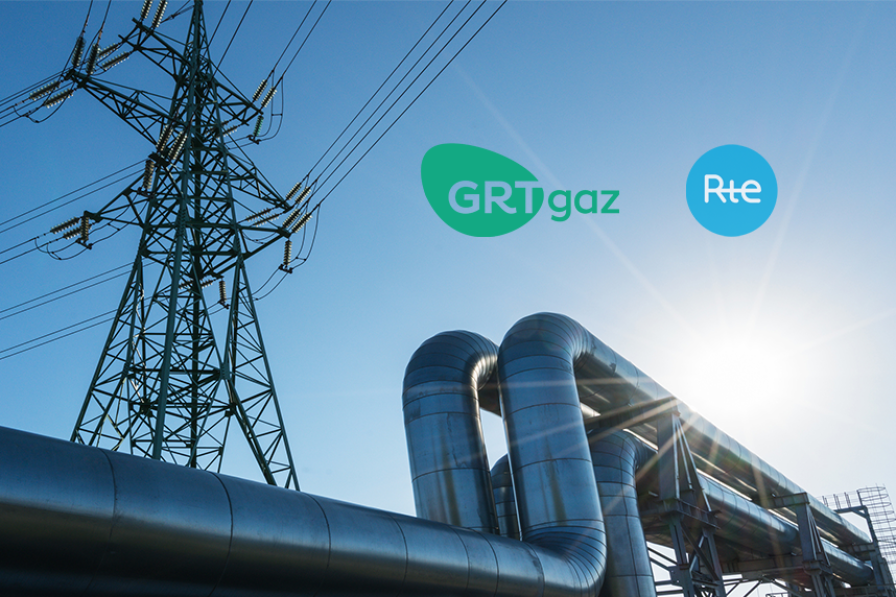Hydrogen and electricity infrastructures

Developing hydrogen produced by electrolysis raises questions about the needs of hydrogen transmission and storage infrastructures, and their proper planning alongside electricity transmission infrastructures.
To shed light on these discussions, RTE and GRTgaz conducted a joint study to assess the issues relating to the development of hydrogen storage and transmission infrastructures, and the levers for optimising the electricity system.
The study compares the costs and benefits of various contrasting configurations of a prospective hydrogen infrastructure (large-scale hydrogen transmission network, mass storage facilities). It identifies patterns in the benefits of these infrastructures, as well as the levers for the joint optimisation of the hydrogen infrastructures with those of the electrical system, in particular regarding the location of electrolysers.
The study uses consistent modelling of the electrical, methane and hydrogen systems to accurately represent the interactions between these different energy vectors. The analyses focus on “inter-regional” infrastructure needs (large-scale electricity transmission network and the main gas network).
The framework and assumptions were defined following a consultation with the relevant stakeholders, taking public policy guidelines as a reference.
The analyses cross-reference the different challenges faced by the electricity and gas systems. Results indicate that the main benefit of dedicated hydrogen transmission infrastructures is to connect the hydrogen basins with salt caverns, enabling the electricity system to utilize the flexibility offered by electrolysers. In the study's central scenario, the net benefit for the entire energy system linked to this infrastructure is estimated at €1.5 billion per year.
Contact : Etude-RTE-GRTgaz@grtgaz.com